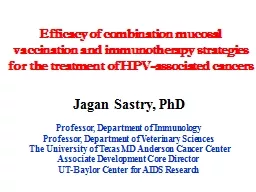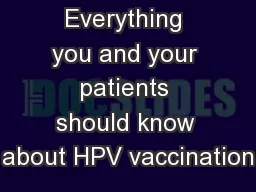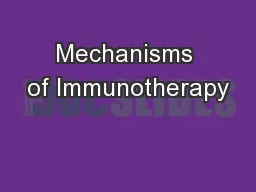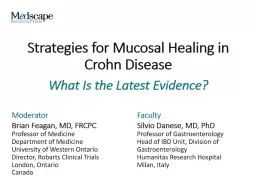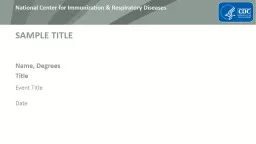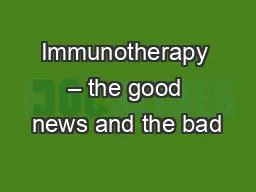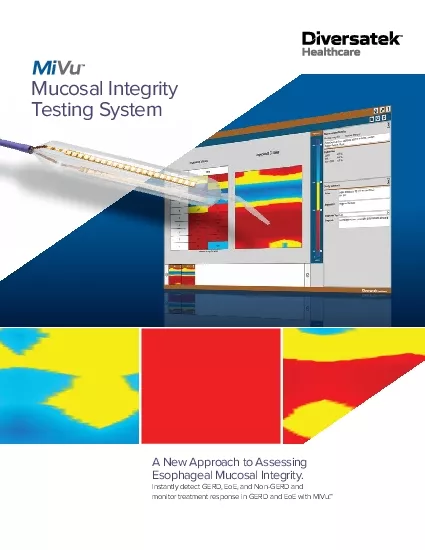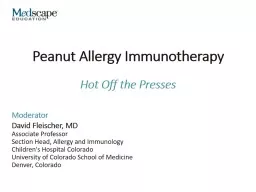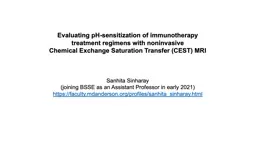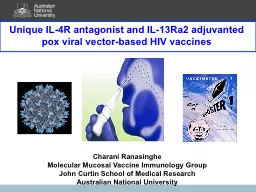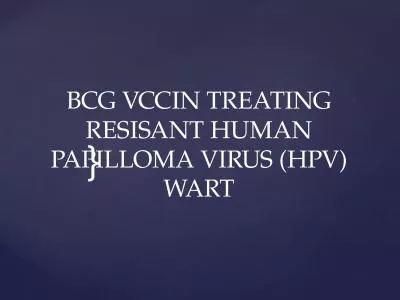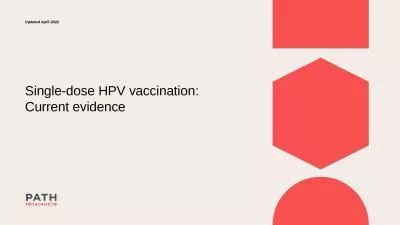PPT-Efficacy of combination mucosal vaccination and immunotherapy strategies for the treatment
Author : yoshiko-marsland | Published Date : 2018-11-05
Jagan Sastry PhD Professor Department of Immunology Professor Department of Veterinary Sciences The University of Texas MD Anderson Cancer Center Associate Development
Presentation Embed Code
Download Presentation
Download Presentation The PPT/PDF document "Efficacy of combination mucosal vaccinat..." is the property of its rightful owner. Permission is granted to download and print the materials on this website for personal, non-commercial use only, and to display it on your personal computer provided you do not modify the materials and that you retain all copyright notices contained in the materials. By downloading content from our website, you accept the terms of this agreement.
Efficacy of combination mucosal vaccination and immunotherapy strategies for the treatment: Transcript
Download Rules Of Document
"Efficacy of combination mucosal vaccination and immunotherapy strategies for the treatment"The content belongs to its owner. You may download and print it for personal use, without modification, and keep all copyright notices. By downloading, you agree to these terms.
Related Documents

